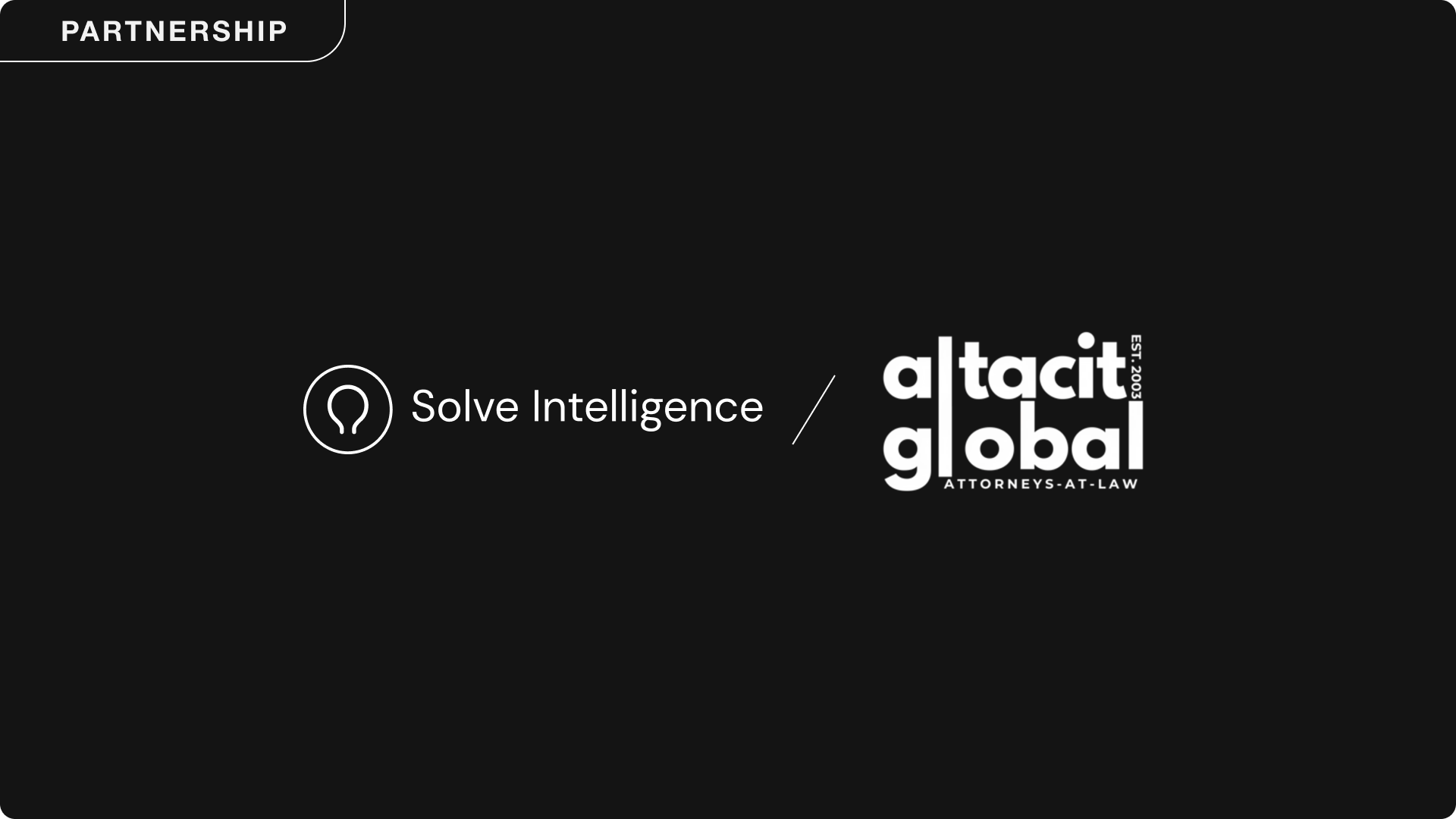Insights from the 2023 Robot Patent Drafting Conference: The Future of AI in Patent Law
Key insights from the 2023 Robot Patent Drafting Conference emphasize the importance of confidentiality in AI integration, the necessity for adaptable AI approaches, and acknowledge a notable 5x efficiency increase over the last 18 months, indicating a pragmatic shift in AI-driven patent law.

I recently had the privilege of attending the 2023 Robot Patent Drafting Conference, hosted by the Martin Schweiger (check out his blog: https://ip-lawyer-tools.com/). The event was an insightful gathering of legal minds and tech enthusiasts, delving into the intersection of artificial intelligence and patent application drafting. Here are some key takeaways from the conference:
1. Confidentiality is Paramount
The discussions at the conference emphasized the critical importance of confidentiality when integrating AI into patent drafting processes. The consensus among attendees was that AI systems must be sandboxed, ensuring all data is encrypted and exclusively accessible by the respective law firm. This commitment to confidentiality ensures the protection of sensitive information throughout the patent creation journey.
2. Tailored AI Approaches
A recurring theme highlighted the need for flexibility in AI systems. There is no one-size-fits-all approach when it comes to patent drafting. Attorneys, clients, law firms, and even regions may have distinct stylistic preferences. AI systems should have the adaptability to mirror the unique drafting styles of different entities, enhancing the personalization of patent applications.
3. Exponential Improvements in AI Efficiency
One of the most exciting revelations was the remarkable rate of improvement in AI systems over the last 18 months. We are at the precipice of an exponential improvement curve in AI-driven patent drafting.
The Future Looks Promising
We are on the cusp of transformative advancements in the realm of AI-driven patent law. With a steadfast commitment to confidentiality, a call for tailored AI approaches, and the exhilarating pace of efficiency improvements, the future promises a new era in patent drafting. As we look ahead, it's clear that exciting developments are on the horizon.
Stay tuned for more updates as we navigate this exciting frontier! 🚀
AI for patents.
Be 50%+ more productive. Join thousands of legal professionals around the World using Solve’s Patent Copilot™ for drafting, prosecution, invention harvesting, and more.



.png)
